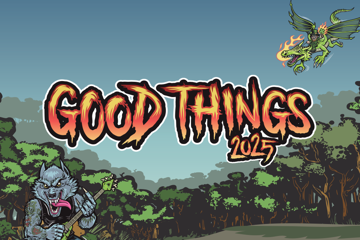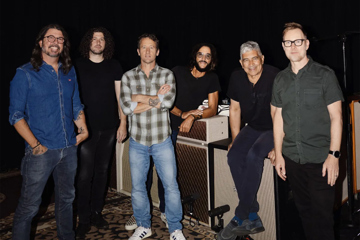All Grown Up
"It felt a bit like growing up and a bit like being submerged in a tank full of jellyfish."
It's not surprising that Linklater's latest film, which makes its Australian premiere at the Sydney Film Festival in June, is an experiment in form. After making his name with independent films that play with issues of time and growing up, such as the Before… trilogy and his 1991 debut Slacker, in 2002, Linklater undertook his largest project yet: Boyhood.
Boyhood was shot for three to four days at a time over 12 years up until 2013, artfully chronicling the childhood and adolescence of its protagonist, Mason. Starring Patricia Arquette and Ethan Hawke as his parents, the real standout in the film is the young Ellar Coltrane in his first major role as Mason. It's a project that required a huge level of commitment from its actors – just one person pulling out would have changed the whole nature of the film and its narrative. But Coltrane, who is still only 19 years old, never thought of it like that.
“It was like Christmas or going to visit my family,” Coltrane says. “It just happened, and not doing it would never really enter my mind. I definitely enjoyed it when I was there, it was a huge part of my life.”
He admits that when the process came to an end it felt strange, but it was also the culmination of everything they had worked towards.
Don't miss a beat with our FREE daily newsletter
“It felt a bit like growing up and a bit like being submerged in a tank full of jellyfish and a bit like graduating from some sort of existentialist art program that I was somewhat abnormally enrolled in as a child. Bittersweet and satisfying at the same time.”
The position in which Coltrane found himself is utterly unique. Boyhood has drawn comparisons with documentary series Seven Up! which follows a group of British children who are revisited every seven years as they age and their lives change. But Boyhood is a work of fiction, even if Coltrane's experiences were infused in the narrative. As it stands, there were always going to be similarities and differences between Coltrane's actual life and that of Mason.
“The parallels are just his viewpoints and a lot of the ways that Mason looks at the world, a lot of that was taken from different things that were going on in my head at any given time throughout the year. Rick and I were pretty much always in contact on and off and so he would just kind of pull things out of my mind and out of my life and use those, if not so much put them into the film, but use them to supplant and grow the film and the character. I don't know if I can put my finger on specific parallels except for the fact he wears a lot of my clothes.”
The film uses changes in music, technology and fashion as markers of the passage of time, but these are in Coltrane's mind “incidental”. They're “background” that “gives it a sense of place and sets it in our reality. I don't think it's purposely documenting anything really except existence”.
“I think it's about life and existence and time, just the passage of time and the completely amorphous, enigmatic nature of time, and that we create these very logical timelines that you can put on a piece of paper that you can point out, 'this happened and this happened and this happened', but that's not really how life is. It's all just kind of always happening and that's something that is a really important part of being a human, to kind of just experience every moment as it's happening to you and not as a part of some timeline.
“It is a document of human life, a very specific part of human life and a part of human life that everyone goes through – whether you're living in middle America and going to public school and doing the things that Mason is doing, everyone grows up.”
It's a project that has shaped Coltrane as both a person and as an actor, and he says that the friendships he formed with his fellow actors and with Linklater will be lasting.
“The project definitely changed me, or not changed me, but formed me. It's been a part of my life as long as I can remember so I can't say that it changed me from something into something but it definitely was a large part of forming who I am as a person and what it is I want to do with my life. It was like a very strange art program or school or something. I learned the importance of creation and committing yourself to expressing something and having the patience to see it through, which is incredibly valuable, I think.”







